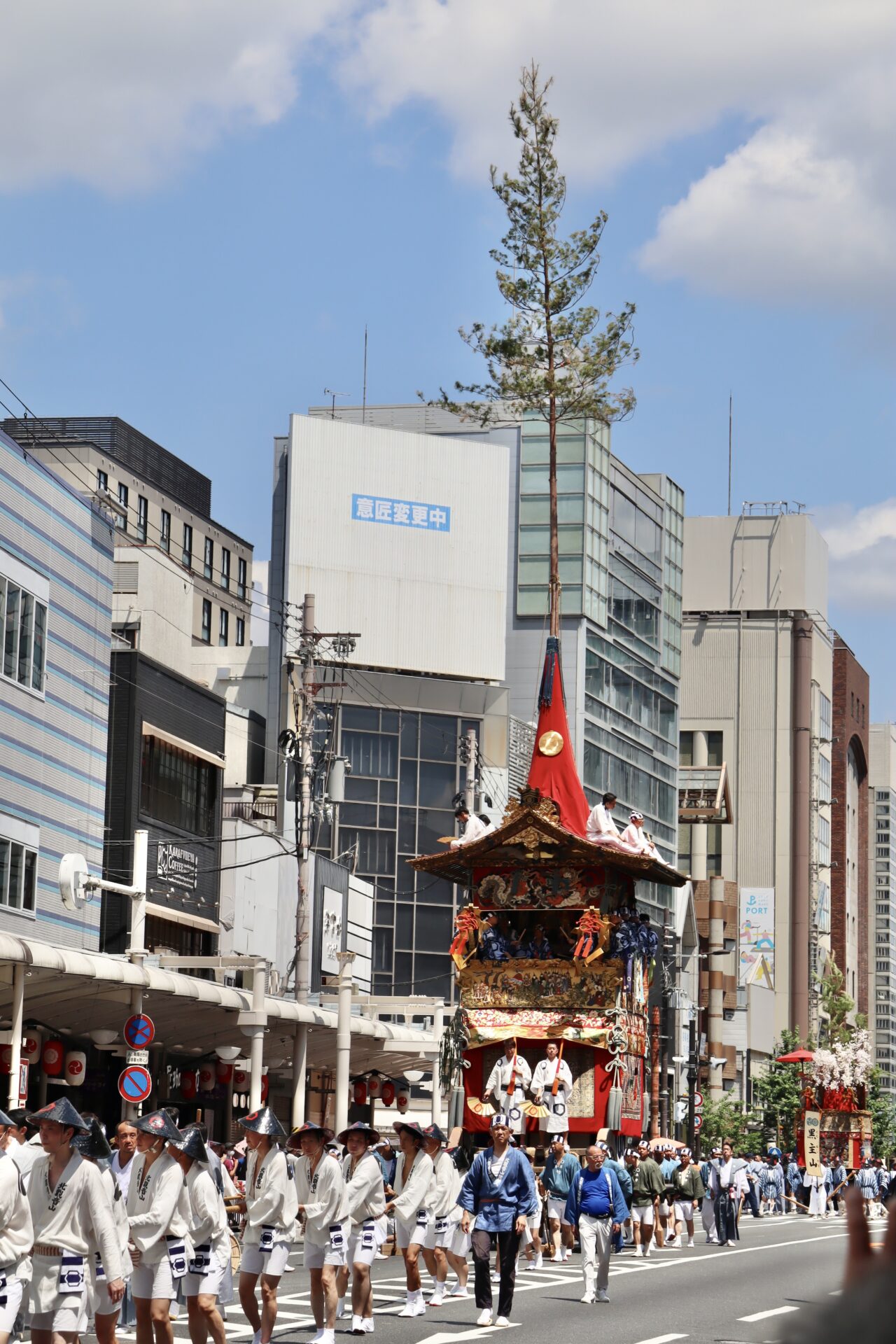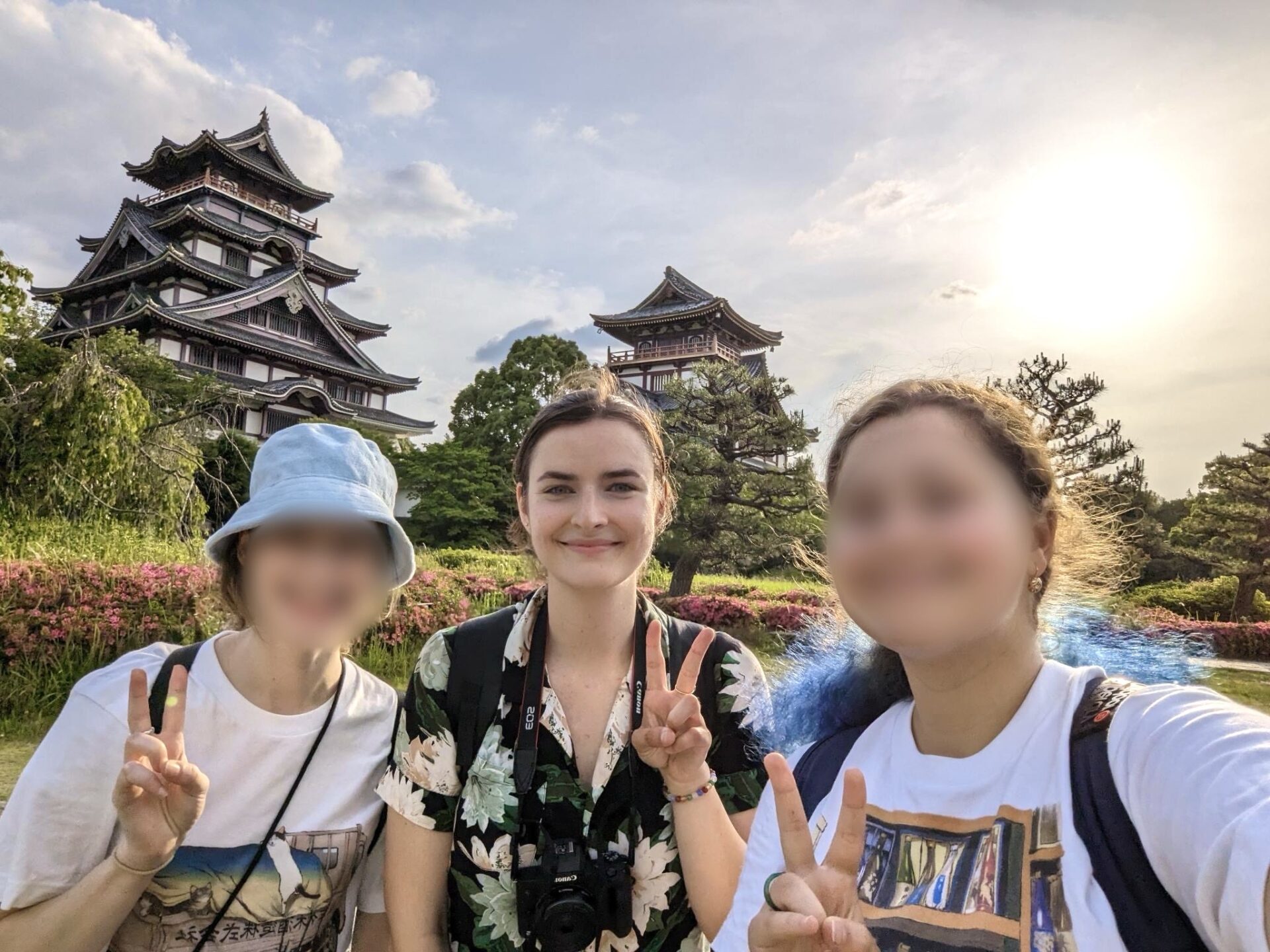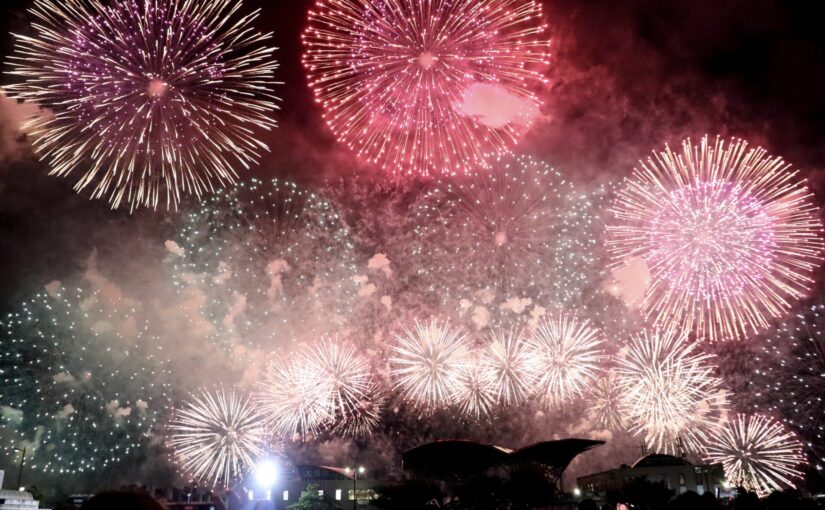Field of study in Wageningen: Msc Food Safety
Study period exchange: 01/04/2023 – 04/08/2023
Country (exchange): Japan
City (exchange): Kyoto
University (exchange): Kyoto University
Faculty (exchange): Graduate School of Agriculture
2. Motivation for exchange
Why did you choose to go on study exchange?
I wanted to experience living in a country with a different culture, meet new people, get to experience the country on a deeper level than is possible while travelling. I think experiences like this really help broaden the horizon and make one grow as a person.
What is the reason you chose for this country/university?
My interest in Japanese culture, love for Japanese food and architecture and I enjoyed the country when I visited it on holiday in early 2020.

3. Accessibility to reach destination
Do you have any tips to reach your exchange destination?
Plane to Kansai Airport or to Tokyo and do some travelling before the start of the semester.
4. University and studying
Could you provide some general information about the followed courses?

How is the study formalized
Very different for each course, it ranged from very low-level where holding a ten minute presentation was enough to pass, to more high level with multiple essay submissions, a debate, a 1 hour group presentation plus other homework.

What is the culture of the university?
Overall there is more distance between lecturer and student, however for some courses it was similar to the WUR. My professor from international Agri-food studies was on a first name basis with the students, arranged that someone every week brings snacks and always encouraged us to reach out to him with questions and concerns.
What does the university offer the student additionally?
Multiple cafeterias with good prices that are open Monday to Saturday (Saturday only certain ones are open), for breakfast lunch and dinner. Shops on Campus for food (similar to convenience store), university merchandise, books and stationery. A lot of different clubs and circles, almost something for every interest, however often it is difficult without Japanese knowledge. Clubs that I recommend for international students that want to meet Japanese people are IAT, raku raku and some kuisc events. Technically a gym and a pool but only open for two hours a day during lunchtime and on a first come basis, so not really relevant. Lunch meetings between international and Japanese students organized weekly in the first few weeks. Highly encourage to attend to meet many Japanese students that want to practice their English.

5. Housing-travelling-living
What are the possibilities for housing?
Apply for University housing in an international house. I recommend only selecting houses inside Kyoto (not Ohbaku and Uji) if you want to avoid a lot of travelling time. It just makes having a social life easier. I lived in Hyakumanben and it was awesome. In my opinion the best location, right next to a convenience store, a drugstore, a supermarket is also close by, and many restaurants as well as one of the main cafeterias (renais). Both the north campus and the main and south campus are also in walkable distance (5-10 minutes). Don´t worry about the shared bathroom and shower, I never had an issue with it being too crowded and having to wait to shower for example. However for people that prefer more privacy Yoshida or Okazaki are also good options and then a little further away Shugakuin too. Unfortunately I can´t say anything about the other two houses, because I don´t know anyone that lived there.
What is the culture of the country like?
One of the main differences for me is how cheap it is to eat out, in the cafeteria or in restaurants. However, something that is often quite lacking are vegetables, which is something me and my friends started missing quite fast. Not enough to cook by ourselves though. While there is a lack of vegetables, meat and fish are basically never lacking in meals. So for vegetarians, it is not always easy to find something, especially if you are stricter, and also don´t like meat broth. One cafeteria offers a vegetarian (maybe vegan I´m not sure) kebap for lunch though. I do think it is much less common here to be vegetarian. Clothes shopping here is a wild ride for me. As a 180 cm woman that wears around size 40 I had to come to the acceptance that often this means I will not find any clothes that fit. Or at least this is true for pants, shirts fortunately are fine so long as they´re not one size fits all and carry at least a large. However, if you´re also a taller and or a bigger person, be prepared for a struggle when going shopping. Even men’s pants often ended up being too short for me. Also concerning clothing, one of the biggest culture shocks for me was that it is very uncommon here to show the shoulders even in summer. Japanese women don’t wear tank tops or anything of the like at least not without an additional t-shirt underneath. I recommend to take that into consideration when packing f you don´t want to end up sticking out. This is truly something I hate about Japan, because it gets very very hot here in summer, so I´s appreciate being able to show some more skin. Overall people are very polite and orderly. They love queueing for trains, buses, restaurant and everything. Even with masses of people it often doesn´t feel as overwhelming here as it does in Europe.
Could you give a general price indication of the place of residence compared to living in Wageningen?
Significantly cheaper. I pay less than 300 euros per month including everything. Even the most expensive international house (Okazaki) is still cheaper than Wageningen where it is now hard to find something for under 380 euro if I´’m not wrong.

Could you give some information about public transport infrastructure?
Buses cost 230 yen inside the city, they usually take quite long because of traffic. There is also the Keihan line close to University (Demachiyanagi station) which takes you to the `city center´ (Sanjo, gion-shijo). Many people have a bike, which is not expensive to buy maybe around 70 euros second hand (plus a registration fee to prevent theft I think), however in the city you often have to pay for parking. If you live further from University it is for sure worth it. I don´t have a bike because of how close to University I live.
6. Free time
What are must-sees in the area?
As you can´t buy the jrpass with a student visa I recommend the Willer Express Japan bus pass for long-distance trips, however, that often involves taking the night bus.
In the school holidays (around February, March, August, September) you can use the Seishun-18-kippu ticket that allows you 5 day pass for all slower trains (not express, or shinkansen) from JR in Japan. Very good for regional day trips, for example to himeji. Can be shared with multiple people so also good for a group of friends.
If you want to travel in Japan during golden week, book in advance, it gets very busy and therefore expensive. South Korea is also a doable destination.
For a weekend trip, Nagoya is not too far. I highly recommend visiting Inuyama, 30 minutes north of Nagoya for Inuyama castle which is one of the 12 original castles in Japan.
For must-see destinations in Kyoto and the area honestly check the tourist guides, they are very good for Kyoto. Make sure to pick the temples and shrines you really want to visit in the beginning and don´t just visit every random one you come across, you´ll get sick of them very fast. Some tips, for Fushimi inari I recommend taking the first time (yes that does mean 5 o’clock in the morning) to avoid the crowds and get a truly immersive experience. Hike all the way up, it´s worth it. For Kinkakuji (the golden pavillon) go on a sunny day, otherwise it´s not as nice. You can visit Nijo castle for free in August as an international student, so I would recommend waiting till then, the same goes for Kyoto tower.

What does not appear in the travel guide, but is worth a visit?
This hike along kyiotake river and to kuyafalls is by far the best hike in Kyoto area.
https://www.insidekyoto.com/takao-hozukyo-hike-via-kiyotaki-kuya-no-taki-waterfall
Osaka science museum is really cheap and you can spend a lot of time there if you like interactive museums with hands-on exhibits. Some may find it childish, but me and my friends had a lot of fun. Be careful though, the planetarium is unfortunately only in Japanese.
Do you have general tips and tricks about leisure time?
Try out karaoke with your friends even if you feel like you can´t sing, go to the arcade and try a few games (popular ones are Taiko (drums) and my favourite called festival plus from maimai which is also a rhythm game), even if you feel like it´s not something you´ll like just try it out and you may be surprised. My biggest regret was trying things only at the end of my stay, which means I missed out on many opportunities to have fun. But better late than never. Another huge recommendation is going to a round one stadium, which is a special kind of arcade where you pay to enter and then you can play and do everything for free. Highly recommend this, makes for a great day of fun. I went to the one in Otsu and they have batting, archery, mini bowling, table tennis, darts, roller skating, many arcade games such as shooting style games, airhockey and rhythm games, karaoke and more.
Do as many outdoor activities as you can before June/July, from then on it´ll be too hot to spend much time outside. Invest in a portable fan and a sun-umbrella or at least good hat early on, it´ll be worth it.
For restaurants I recommend saizeriya for cheap western food, it´s a common chain with decent pasta. Kura sushi is my favourite cheap sushi restaurant, but be careful because it´s often very crowded and involves long waiting without prior reservation at lunch and dinnertime (reservation can unfortunately only be made via app in Kyoto and that can only be downloaded from Japanese app stores). My favourite japanese restaurant for a bit more expensive but fancier traditional Japanese meal is Kasumi izakaya+restaurant. They also do a vegetarian meal upon special request. My altogether favourite restaurant is the Indian Nepali Restaurant Kiran close to Demachiyanagi station that does a very cheap lunch deal with great Indian curry and naan bread and they offer 10% student discount. I also recommend eating parfait, my favourite chain in Kyoto is karafuneya, they have tons of options.

7. Challenges & best moment abroad
What was a challenge you have experienced?
Dealing with summer heat in Japan, especially Kyoto. It was way worse than I could’ve imagined.
Not knowing when Japanese people say yes to things because they´re being polite or because they actually want to (still don´t have a good answer to this, you just have to trust your intuition).
Saying goodbye to people.
What was your best memory abroad?
Watching the Lake Biwa Hanabi (firework) in August with my Japanese boyfriend and a good friend that I made here. Japanese fireworks shows are mindblowing and I highly recommend everyone to try and watch at least one of the bigger hanabi shows if possible. Beware though, it gets very crowded.
8. Contact Details
Would you like to ask Hannah more questions about her exchange?
Send her a mail: hannahsperlich@gmail.com

